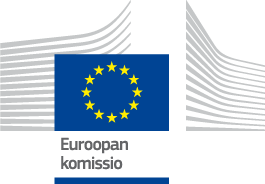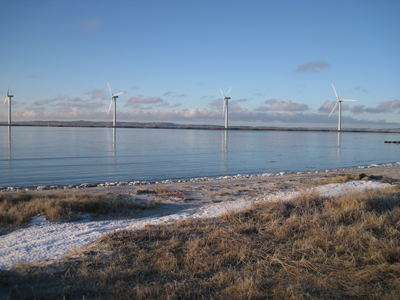

FLAG Factsheet
The FLAG area covers the entire municipality of Norddjurs, which is notable for its long coastline, made up of sandy beaches – like much of the Danish coastline. This flat coastal landscape attracts tourists from Norway and Germany – as well as domestic visitors. Tourism is the area’s dominant sector. Fishermen struggle now to make a living, but there has been an increase in the number of small businesses processing seaweed, for both food and nonfood uses.
There are two operational fishing ports, Grenaa and Boennerup, and fishermen mainly work in coastal fisheries, on smaller vessels, although there are few larger ships in Grenaa.
The challenges facing the area are mainly social and economic: ageing of fishermen, low incomes, low price for the catch, limitations on the size of the catch.
There are some protected Natura 2000 areas, mainly in the north-west and the Kattegatt offshore wind farm which is located in the waters nearby the FLAG area.
The FLAG strategy aims to respond to the area’s social and economic challenges and has three main objectives:
The FLAG budget for projects will be divided as follows: 1) coastal fishery (50%); 2) resources of the sea (food and non-food) (25%); and 3) coastal tourism (25%).
National.
There are two annual deadlines for applications: January/February and August/September.
Djursland is a combined LAG-FLAG structure and is experienced in the use of multiple funding sources, securing continuity/synergy between the strategies in the area. In addition, the FLAG is also experienced in animating the local community. The LAG has some experience with inter-national cooperation with a French LAG Confluences-autour-du-Verdon on local food (2007-2013).
The FLAG is interested in several areas of cooperation, examples include: adding value to fishery products, securing better prices for fishermen, increasing local sales of fish (through inter-territorial cooperation), tourism, and in particular in seaweed projects and other innovative blue-economy projects (transnational cooperation).
At the national level, there is no specific budget for cooperation, so it is up to the FLAG to look for the necessary funding.
Djursland is a joint LAG-FLAG, sharing a legal structure and board members.
The territories also overlap: the municipality Norddjurs is covered by the EAFRD and the EMFF, while the Syddjurs municipality is only covered by the EAFRD.
The strategies are integrated within the same document, but with distinct analyses, objectives etc. with respect to EAFRD and EMFF.
The Djursland FLAG also has informal cooperation with three other LAG-FLAGs (Bornholm, MANK, Thy-Mors) and five LAGs (Skive-Viborg, Randers-Favrskov, Midt-Nordvestsjælland, Himmerland, Småøerne).
The main FLAG members are: the municipality of Norddjurs, the Fishermen’s cooperatives of Bønnerup and Grenaa, and the LAG Djursland.
Outside of the formal partnership, the FLAG also works with a wide range of local stakeholders on a practical/informal level.


